
After years of honing our backpacking gear to perfect the balance of weight, comfort, and preparedness, these are the items you’ll find in our backpacks. We gravitate towards lightweight gear because we find it much more enjoyable to hike with light packs, but we do carry a few luxury items that are worth the weight to us.
We’ve organized the Ultimate Backpacking Checklist categorically to make it easier for you to gather your backpacking gear for your next trip. We also provide a downloadable checklist. Print it out and have a hard copy with you as you navigate through your gear.
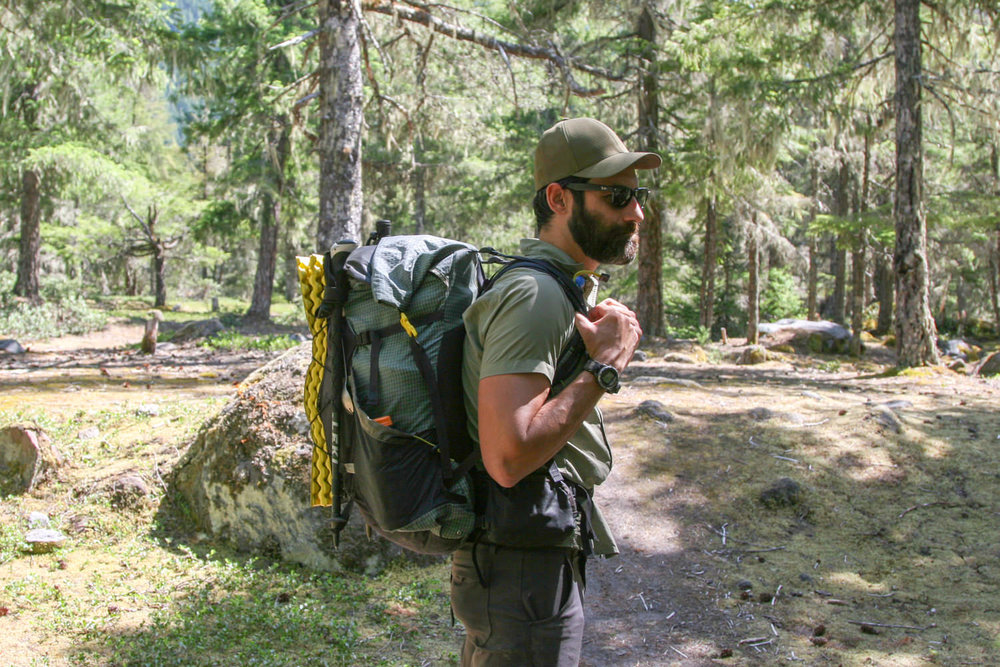
Ultimate Backpacking Checklist
DOWNLOAD OUR PRINTABLE CHECKLIST
*We consider items in italics to be optional
SHELTER
Rainfly
Tent poles or trekking poles
Groundsheet for tent floor durability
BACKPACK & STORAGE
Trash compactor bag or waterproof stuff sacks for interior rain protection
Large Ziploc for garbage
Summit pack
CAMP KITCHEN
ENTERTAINMENT
NAVIGATION EQUIPMENT
Always be prepared and know how to use your map and compass, even if you plan to use GPS.
Topo map(s)
Waterproof map bag/ Ziploc
GPS phone app with maps downloaded or GPS
Satellite Messenger/PLB for remote locations
Download driving directions for offline use (we use maps.me app)
Photos of guidebook pages
Check current weather before trip
Call ranger station pre-trip for trail conditions + regulations
Backpacking permits
FIRST AID
Band-aids of various sizes
Antibiotic ointment
Gauze pads
Medical tape
Latex gloves
Tweezers
Safety pins
Antihistamines
Antidiarrheal
Check out our Best First Aid Kits list for more suggestions
PERSONAL TOILETRIES
Toiletries (shampoo, etc.)
Prescription Rx
OTC meds. + vitamins
Contact lenses + supplies/glasses
Toilet paper/wipes + sealable bag to pack it out
Toothbrush, paste + floss
Comb/brush
Earplugs + eye mask
Eye drops
Hair ties
Nail clipper
Pre-trip: Clip nails, cut hair, shave, etc.
FOOD
Provisions - commonly between 2,500-3,500 calories per day (meals, snacks)
Extra day’s supply of food for emergencies
Food bag/Ursack
50’ nylon cord + small carabiner for bear bag hanging or bear canister where required
Liquor in plastic bottle or flask
OPTIONAL EQUIPMENT FOR SNOWY & ICY TRIPS
Ice axe - learn + practice proper self-arrest technique
SLEEP SYSTEM
Pad attachment straps (optional)
Pump sack (optional)
TOOLS & ACCESSORIES
Phone (turn on low power/airplane mode)
Bear spray for grizzly country
Camera + waterproof case/Ziploc
Extra camera battery
Headlamp (check batteries pre-trip)
Extra batteries for long trips
Power bank + charging cords
Wall plug for thru-hikes
Assorted Ziploc bags
Cash, ID, credit card, insurance card
EMERGENCY KIT
Duct/Tenacious Tape for repairs
Sleeping pad patch kit
Needle + thread
Small Sharpie for thru hikes
Stormproof matches + small fire starters
Small backup lighter
Backup water treatment pills (Chlorine Dioxide)
HYDRATION
2-4 water bottles (ability to carry 2-6 liters depending on climate) or a hydration pack & bladder
Collapsible water containers for carrying lots of water in dry locations
Pre-filter for water treatment, ex: pantyhose
CLOTHING
All applicable clothing items should be lightweight, moisture-wicking and quick-drying (no cotton).
1-2 pairs quick-dry underwear
Down jacket and/or fleece jacket
Rain pants for wet trips
Windbreaker depending on forecast
-
2-4 Pair socks
1-2 Pairs for hiking
1-2 Pair warm wool socks for camp or wet + cold hiking
Rain mittens
Swimsuit & pack towel
Sandals (men’s/women’s) or camp shoes
Head net for mosquitos
Pre-treat clothing with Permethrin -bug repellent
PACK IN CAR
Parking pass for car
Clean clothes + shoes to change into
Gallon of water for trailhead shower
Camp towel to dry off
Water + snacks
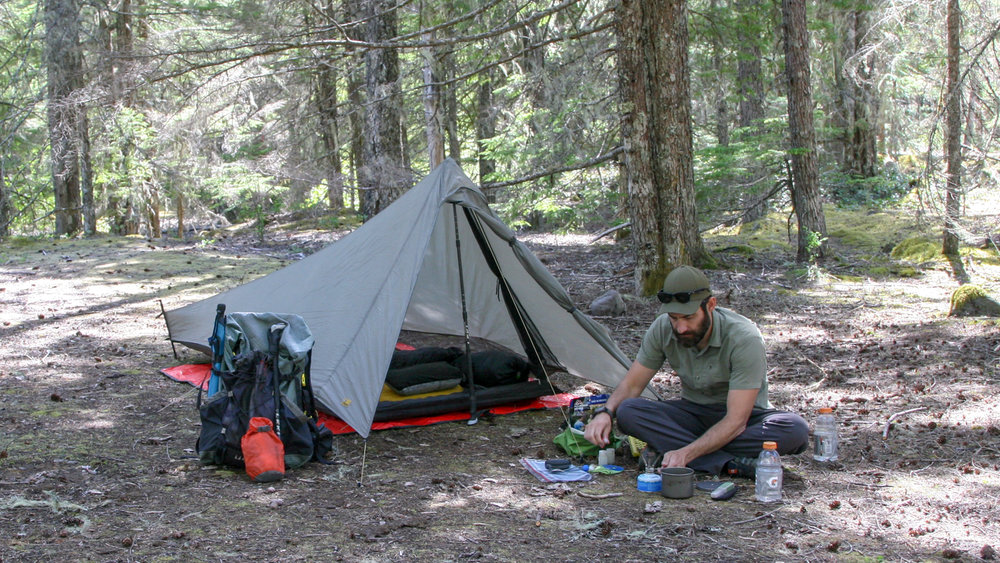
Backpacking Tips
LIGHTENING YOUR LOAD - Start by weeding out things you don’t need. Be careful with every choice you make, a few ounces here and there can add a lot of weight in the end. A lightweight backpacking checklist, like the one here, will help you to focus on essential items. Next, focus on lightening your heaviest gear: shelter, backpack, and sleeping bag. Switching your traditional big three out for lightweight options is the best opportunity for weight savings, especially when you're starting out. If you invest in a lightweight shelter, backpack, and sleeping bag, you can easily cut 10 or more pounds and be well on your way to having an ultralight backpacking setup.
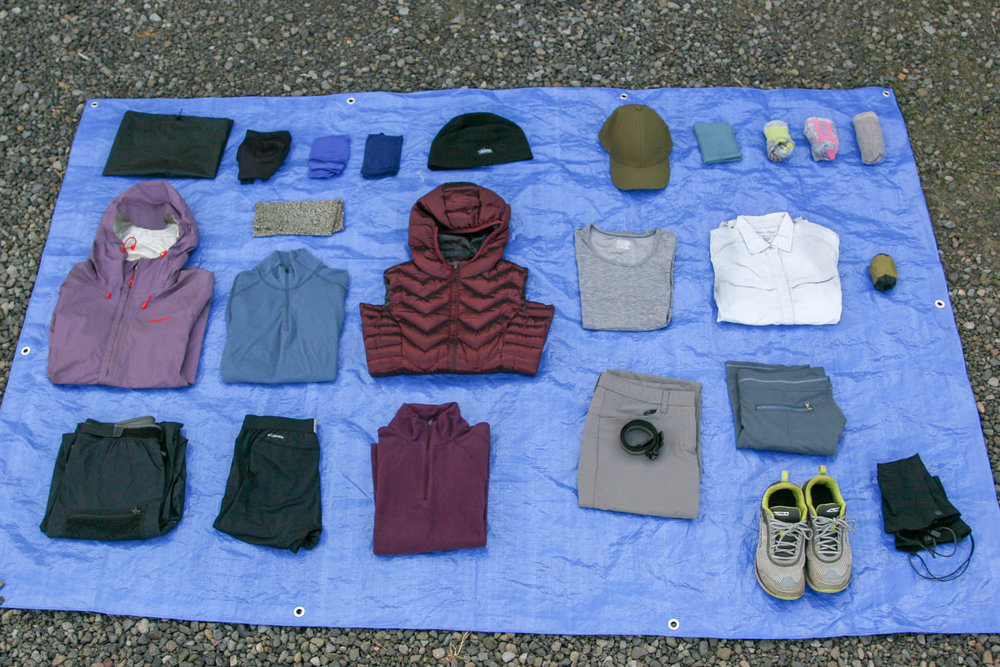
CLOTHING FOR BACKPACKING - The clothing you pack will change slightly depending on the conditions you expect to encounter on specific trips, but the fundamentals remain the same. Clothing made with quick-drying fabrics that wick moisture away from your skin are best to help your body thermoregulate and stay comfortable in both hot and cold environments. Nylon, polyester, wool, bamboo, silk, and synthetic blends are all good options. Avoid cotton - it absorbs moisture and takes a long time to dry, which can cause a variety of problems including blisters and chafing. Choose items that can be worn together in layers. Fleece and goose-down have the best warmth-to-weight ratio and make the best insulation materials for backpackers. Rain gear should be lightweight, breathable, and waterproof.
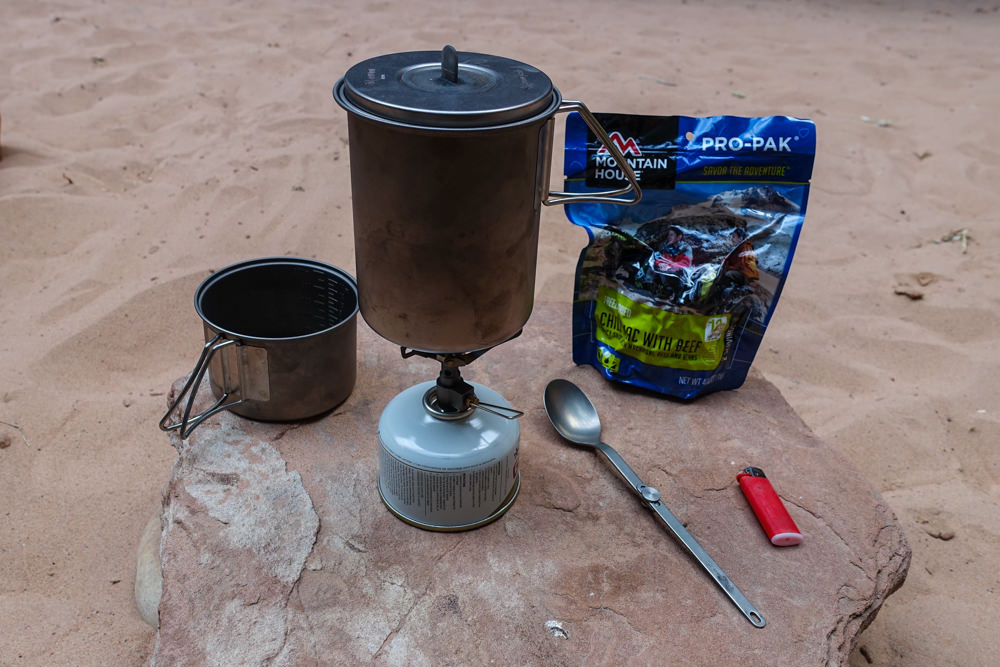
BACKPACKING FOOD - Good food is really important for any backpacking trip, so it’s well worth the effort to put together a simple meal plan before your trip. Keeping food weight down is a critical backpacking skill that usually takes experience to master. A good place to start is our Guide to Lightweight Backpacking Food. Most seasoned backpackers opt for lightweight, calorically-dense foods that are very easy to prepare. Packaged freeze-dried meals and snack foods can be great, but keep in mind, they tend to be very high in sodium/sugar, which can take their toll, if eaten in excess.
Another approach is to prepare your own backpacking meals, using a food dehydrator to dry meats, fruits, veggies, and sauces. Combining them with spices and quick-cooking or easily rehydrated dried goods such as pasta, couscous, instant potatoes, instant refried beans, and minute rice is a great way to customize your own highly-nutritious meals. This method takes more time and effort, and you must be more willing to carry more weight, but making your meals can be more cost-effective and healthier for long trips. Our approach is usually a mix of both methods. For more specifics about food, check out our Best Lightweight Backpacking Food guide, where we outline our general backpacking food strategy and suggest some of our favorite meals.
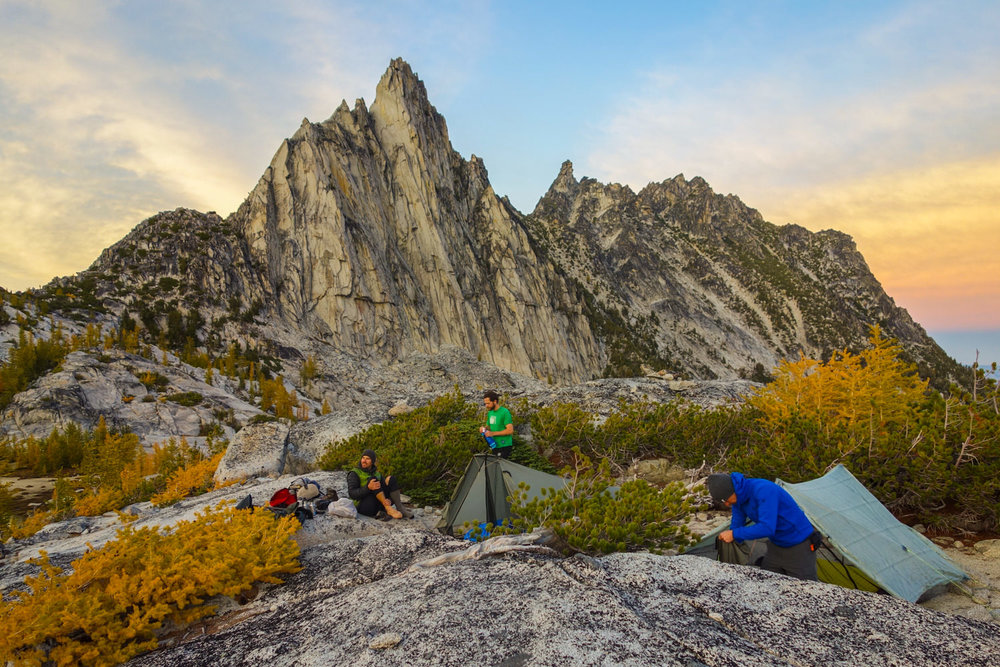
CleverHiker Backpacking Video Series
If you’re new to backpacking, or have been hiking with outdated equipment, we highly recommend watching our two professionally-filmed video series (below), where we’ll teach you everything you need to know to start backpacking -the skills and the gear.
Essential Trail Skills - 20 HD tutorial videos to teach the most critical skills for backpackers of all levels, such as: Leave No Trace, Backpacking Trip Planning, How to Find and Fit the Right Backpack, How to Pack a Lightweight Backpack, and much more.
Lightweight Backpacking Basics - One of the main reasons to minimize your pack weight is to maximum your freedom on the trail. Backpacking with a lighter pack will reduce stress on your body, give you more free time on the trail, and allow you to hike farther with less effort. In this 10-episode series, you’ll learn all about the gear that will allow you to hike lighter to make the hiking the most enjoyable part of your trip.
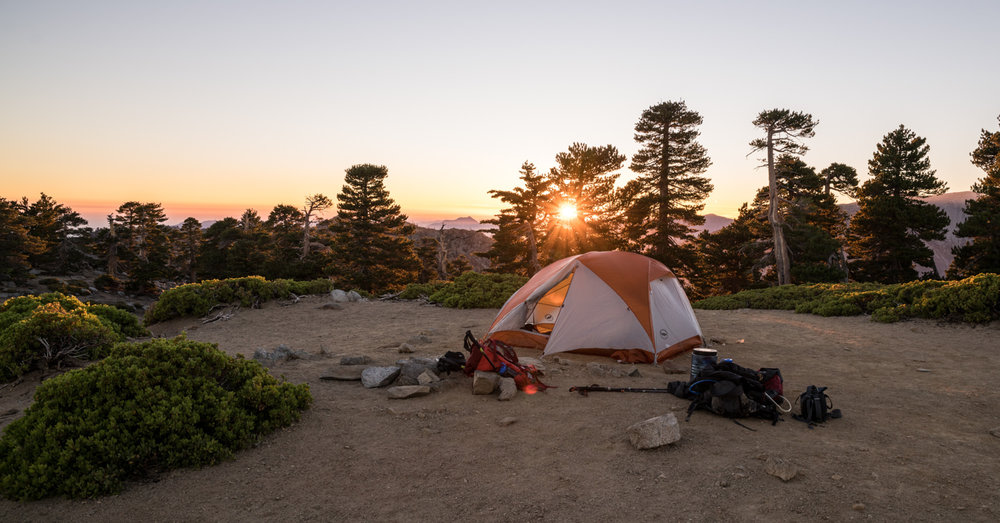
More Information
If you enjoyed this review, you'll probably like the CleverHiker Gear Guide as well. Here are some popular resources to check out.
Some of the links on this page are affiliate links, which means we may receive a modest commission if purchases are made through those links. This adds no cost to our readers and helps us keep our site up and running. Our reputation is our most important asset, which is why we only provide completely honest and unbiased recommendations.

